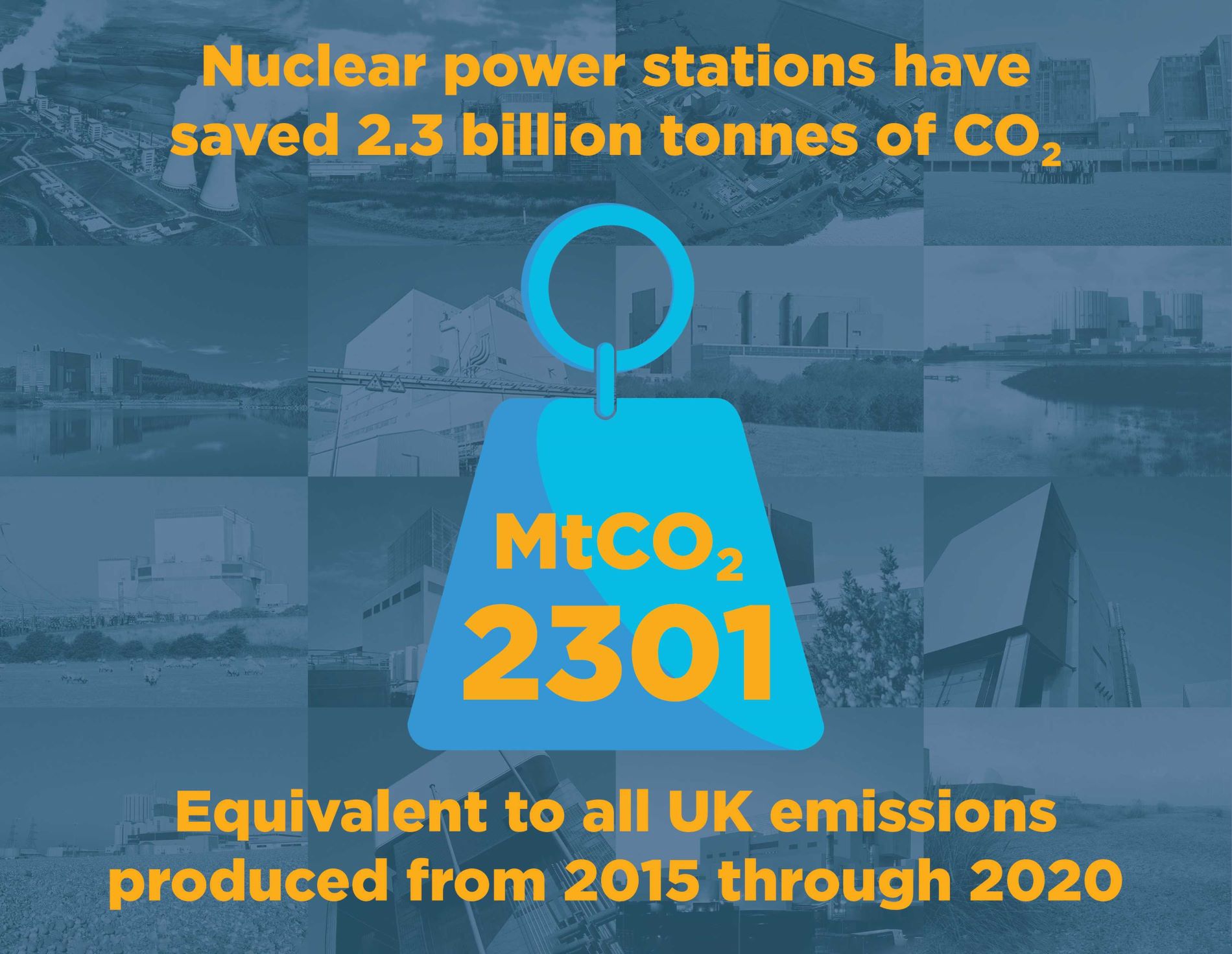Why a new generation of nuclear is the key to delivering net zero
Hinkley Point C in Somerset will provide low carbon electricity for six million homes | Credit: EDF
Investment in nuclear lies at the heart of building a net zero economy.
Hartlepool, long a centre of shipbuilding and steelmaking, may not seem like the first stop on the road to net zero. Ask many people, and COP26 in Glasgow springs to mind first. Yet the North East town has helped give its region the cleanest electricity in England. COP26 is where the talking will take place, but the delivery is in places like Hartlepool.
Hartlepool is home to one of the most productive nuclear power stations in the country, generating clean electricity for two million homes. The plant sustains 750 stable, well-paid jobs and has saved 163 million tonnes of emissions since coming online in 1983. Only four stations have saved more emissions, and they are all also nuclear stations. In fact, nuclear has saved the UK a staggering 2.3 billion tonnes of emissions, the equivalent to the UK’s entire emissions from 2015 through to 2020. Last year, nuclear provided 35% of the UK’s low carbon electricity and sustained 60,000 jobs throughout the country.
That is what a net zero economy can look like with investment in nuclear power: less carbon, more skilled work. Indeed, politicians across parties recognise the clean power opportunity nuclear provides: the Prime Minister’s 10 Point Plan established nuclear’s integral part in hitting net zero, and Sir Keir Starmer recently called for “investment in the next generation of nuclear.”
That vision requires urgent decisions, however, or we will soon see a very different picture. By 2024, four of our eight nuclear power stations, including Hartlepool, will retire. They represent 15% of current low-carbon generation, gone in three years’ time. By 2030, only one of our current nuclear stations will still be operating. Just one.
At the same time, the Climate Change Committee says we will need four times as much clean power to hit net zero, nearly 40% from consistent clean sources like nuclear, where output is not impacted by the weather. The construction of Hinkley Point C, the largest clean energy project in our history, will be a huge step forward, but if we are serious about meeting our decarbonisation targets, we will need to produce much more, and quickly.

The good news is that we have the sites and the expertise to build and operate all manner of exciting projects. Sizewell C in Suffolk would make an enormous contribution to our climate goals and sustain tens of thousands of jobs across the supply chain. Large-scale nuclear developments at Wylfa, Bradwell and Moorside in Cumbria would green our grid dramatically.
Investment in these solutions has the potential to pack a real punch, creating jobs, low-carbon electricity and all the while driving down emissions.
Moreover, sites such as Hartlepool, and many others across the UK, are ideally suited to deploying the nuclear technologies of the future, such as small and advanced modular reactors. These designs have matured much sooner than originally anticipated and offer further solutions for the production of clean heat and green hydrogen. There are also UK companies looking to build micro reactors, enabling remote and isolated communities to wean themselves off burning fossil fuels for their power.
Investment in these solutions has the potential to pack a real punch, creating jobs, low-carbon electricity and all the while driving down emissions. By 2050, nuclear could provide 300,000 jobs for the UK, especially outside of the big cities, and 40% of our clean power. Its promise is immense.
To realise that promise, we need a new regulatory and licencing regime to govern the deployment of modular reactor technologies, and a new financing model, particularly to cut the cost of new large-scale stations. These barriers, fortunately, are not as complicated as nuclear physics. They are relatively straightforward, but they do require decisions.
The scale and scope of the system change needed to deliver net zero by 2050 does not give us the luxury of delay. Net zero by 2050 means action now, not waiting for a mythical silver bullet to be forged.
